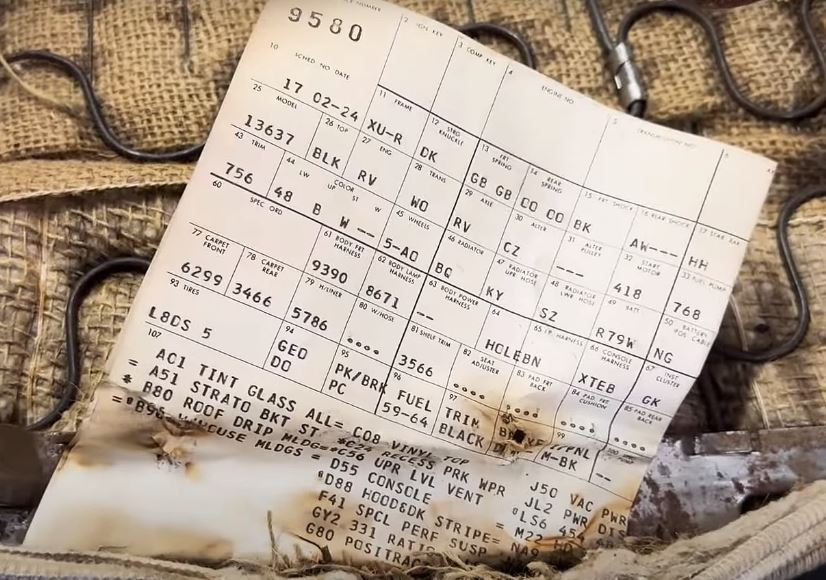Like most midsize cars of the era, the Chevrolet Chevelle was developed out of necessity and morphed into a fully-fledged muscle car. In 1965, one year after the Chevelle’s introduction, Chevrolet rolled out the 375-horsepower Z-16. Some five years later, the nameplate spawned the most powerful production car.
I’m talking about the 1970 SS 454 LS6. Powered by a massive 454-cubic-inch (7.4-liter) V8 topped by a four-barrel Holley carburetor, the LS6 hit showroom floors with 450 horsepower on tap. For reference, Chrysler’s 426-cubic-inch (7.0-liter) HEMI had 425 horses to work with. Torque was just as impressive at 500 pound-feet (678 Nm).
The LS6 found its way into the Chevelle for the 1970 model year. And unlike its milder sibling, the LS5, it was discontinued after just one year. Insurance rates were getting expensive, and high-compression V8s were losing the emissions regulations battle, so Chevrolet took no chances. By the time it was phased out, the unit had been installed in just 4,475 Chevelles.
This figure also includes about 500 El Camino pickups (at least that’s what many LS6 experts claim), so the actual number of Chevelle LS6 produced falls below the 4,000-unit mark. It’s not the rarest muscle car from the golden era, but it’s a scarce and sought-after rig. In fact, the LS6 is pretty much the holy grail of the Chevelle lineup.
These cars usually change hands at high-profile public auctions and find new homes for six-figure sums. A few examples, particularly convertibles, went under the hammer for more than $500,000. It’s not the kind of classic you want to sell on Facebook Marketplace. Yet someone in California listed a green hardtop on the said platform. The ad prompted the folks at YouTube’s “Mopars5150” to take a trip to Lodi, California, to see the car.
Rather skeptical that the Chevy was a fully-fledged LS6, our hosts were surprised to discover a well-maintained and highly original vehicle. However, they remained cautious until the owner allowed them to remove the back seat and look for the build sheet. The latter confirmed that the Chevelle left the assembly line as an SS 454 LS6. Moreover, it also confirmed that the drivetrain is numbers-matching.
This discovery is that much more impressive, given that the original owner took the Chevelle drag racing. This kind of activity usually results in blown engines and altered interiors, but this LS6 is still complete. What’s more, the back of the rear seat confirmed the hardtop still sports its original upholstery.
But what about the paint? Is this Chevelle a full-blown survivor? Well, not exactly. While our hosts couldn’t determine if the vehicle was repainted, the seller said the Chevelle got a few touch-ups. In short, it’s the next best thing to an unrestored survivor.
And if previous auctions are any indication, this Chevelle, which also features the highly desirable four-speed manual, could be worth more than $250,000 in this condition. A restoration could add another $100K to the sticker. Check it out in the video below.

